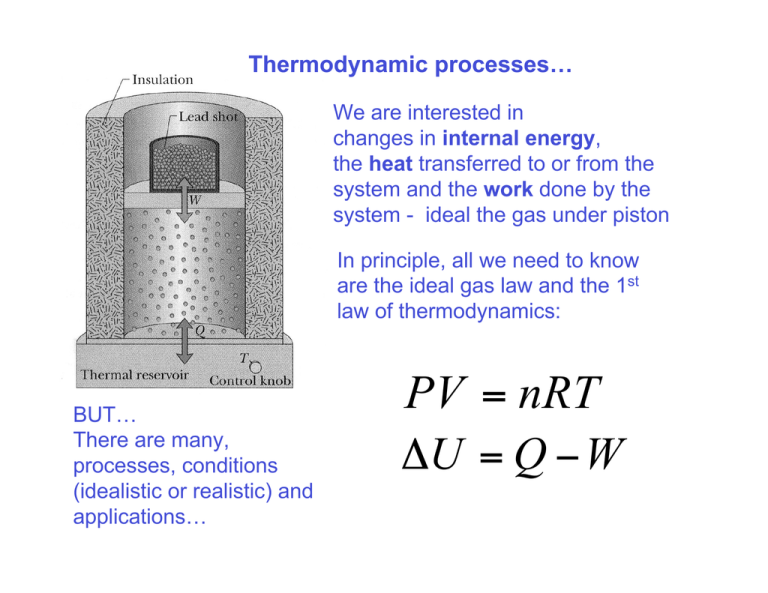
= 3217 lb f ft Example - Work due to Change in Velocity The unit is called lb ft.Īn object with mass 10 slugs is lifted 10 feet. In imperial units a unit work is done when a weight of 1 lb f (pound-force) is lifted vertically against gravity through a distance of 1 foot. The work done when lifting a mass of 100 kg an elevation of 10 m can be calculated as The unit of work is joule, J, which is defined as the amount of work done when a force of 1 newton acts for a distance of 1 m in the direction of the force.ġ J = 1 Nm Example - Work due to Gravitational Force The work done by a force 100 N moving a body 50 m can be calculated as L = length or distance the pressurized area is moved by the applied force (m) Example - Work done by a Force Work = Applied pressure x Displaced volume

Work can also be described as the product of the applied pressure and the displaced volume: Work = Applied force x Distance moved in the direction of the force The amount of mechanical work done can be determined by an equation derived from Newtonian mechanics Work and energy are from a technical viewpoint the same entity - but work is the result when a directional force (vector) moves an object in the same direction. The amount of heat needed to heat a subject from one temperature level to an other can be expressed as:ĭT = temperature difference between hot and cold side (K)Ĭonsider the energy required to heat 1.0 kg of water from 0 oC to 100 oC when the specific heat of water is 4.19 kJ/kg oC:

Water has a large specific heat of 4.19 kJ/kg oC compared to many other fluids and materials.Īmount of Heat Required to Rise Temperature The SI units of specific heats are J/kgK (kJ/kg oC). The specific heat represents the amount of energy required to raise 1 kg of substance by 1 oC (or 1 K), and can be thought of as the ability to absorb heat. Constant-volume and constant-pressure heats can be said to be equal. Unless the pressure is extremely high the work done by applied pressure on solids and liquids can be neglected, and enthalpy can be represented by the internal energy component alone. The change in internal energy with respect to change in temperature at fixed volume is the Specific Heat at constant volume - c v. The change in internal energy with respect to change in temperature at fixed pressure is the Specific Heat at constant pressure - c p. The enthalpy - or internal energy - of a substance is a function of its temperature and pressure. Specific heat for common products and materials can be found in the Material Properties section. Never use tabulated values of heat capacity without checking the unites of the actual values! Specific heat may be measured in J/g K, J/kg K, kJ/kg K, cal/gK or Btu/lb oF and more.

Specific heat (= specific heat capacity) is the amount of heat required to change temperature of one mass unit of a substance by one degree.


 0 kommentar(er)
0 kommentar(er)
